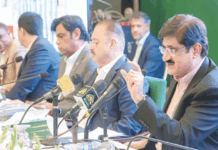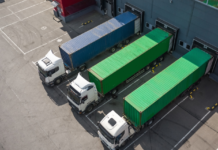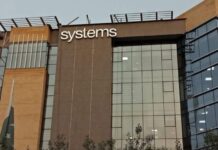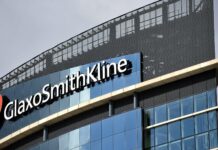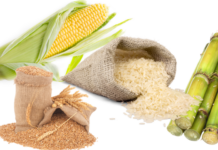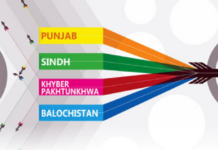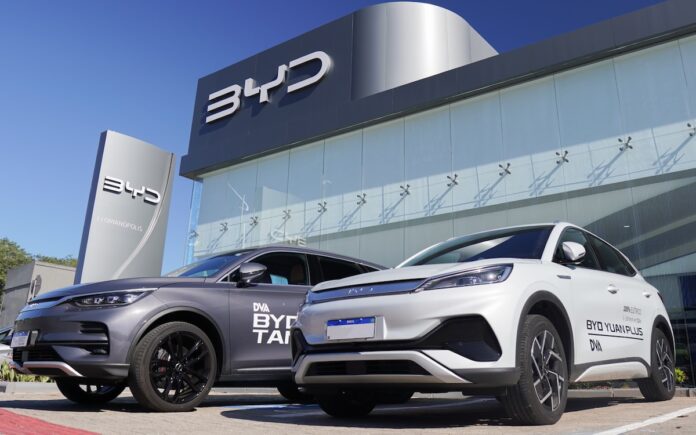The Hub Power Company Limited (Hubco) has doubled down on its plan to assemble BYD vehicles in Pakistan by late 2026, and is building the charging backbone to make those cars usable on long-distance routes. In a management briefing with investors, the company confirmed the completely knocked-down (CKD) plant is slated to come online in the fourth quarter of fiscal 2026 and disclosed it has already spent about $10 million, with debt drawdowns in place and equity provisioned internally. At the same time, Hubco is laying out an electric-vehicle charging network along highways every 100 kilometres, to be co-owned with fuel retailers, even as it wrestles with regulatory and receivables issues that continue to dog its legacy power portfolio.
The push into electric mobility marks a sharp strategic turn for Pakistan’s largest independent power producer. But it is also a hedge. As power offtake contracts face tariff true-ups, late-payment disputes and policy overhangs, the economics of auto assembly – especially if supported by pro-EV taxation and rising consumer interest – offer a new earnings stream. The company says initial reaction to BYD’s Shark model has been “very encouraging”, a signal that it intends to marry brand equity with local manufacturing and after-sales reach when the factory starts to roll. The content in this publication is expensive to produce. But unlike other journalistic outfits, business publications have to cover the very organizations that directly give them advertisements. Hence, this large source of revenue, which is the lifeblood of other media houses, is severely compromised on account of Profit’s no-compromise policy when it comes to our reporting. No wonder, Profit has lost multiple ad deals, worth tens of millions of rupees, due to stories that held big businesses to account. Hence, for our work to continue unfettered, it must be supported by discerning readers who know the value of quality business journalism, not just for the economy but for the society as a whole.To read the full article, subscribe and support independent business journalism in Pakistan




